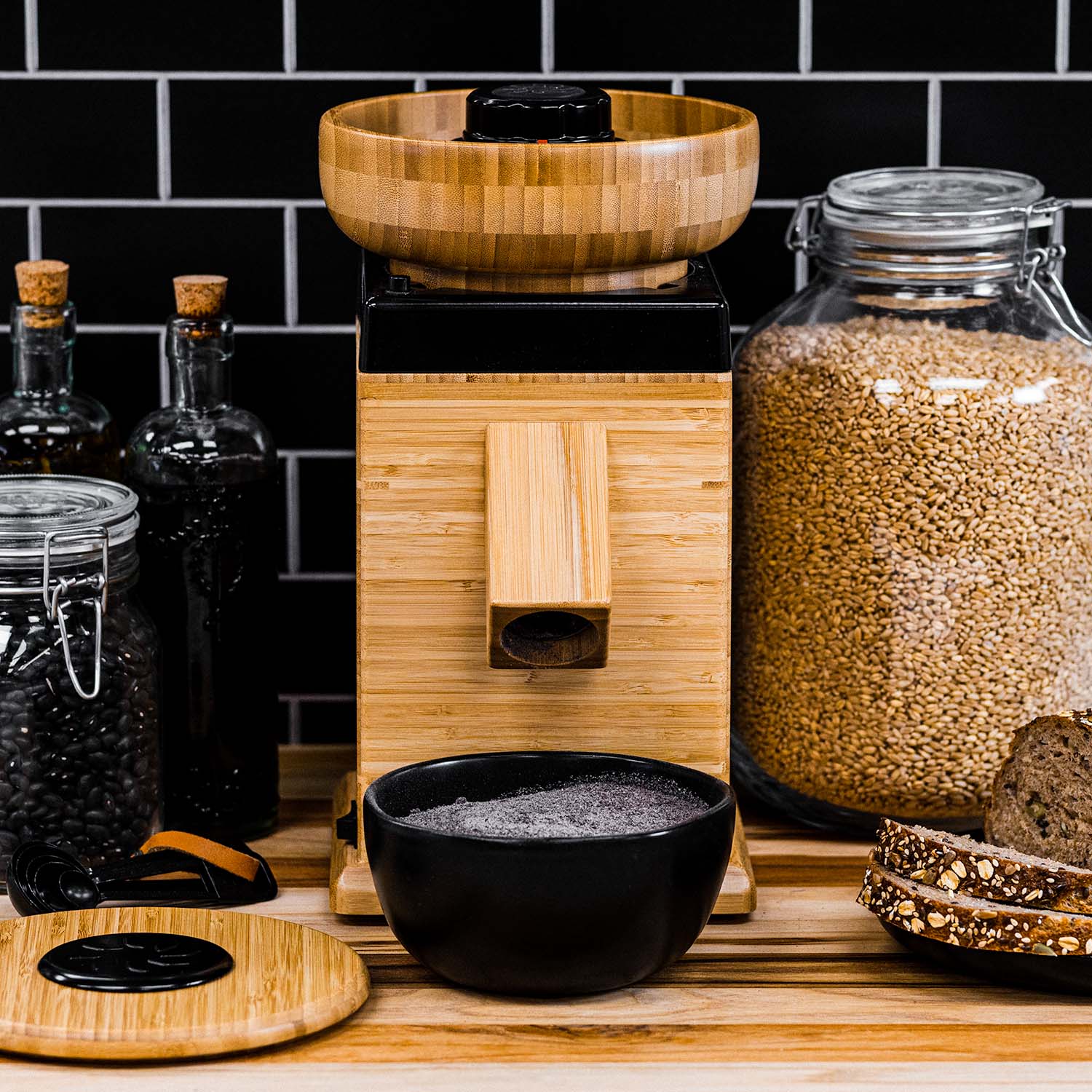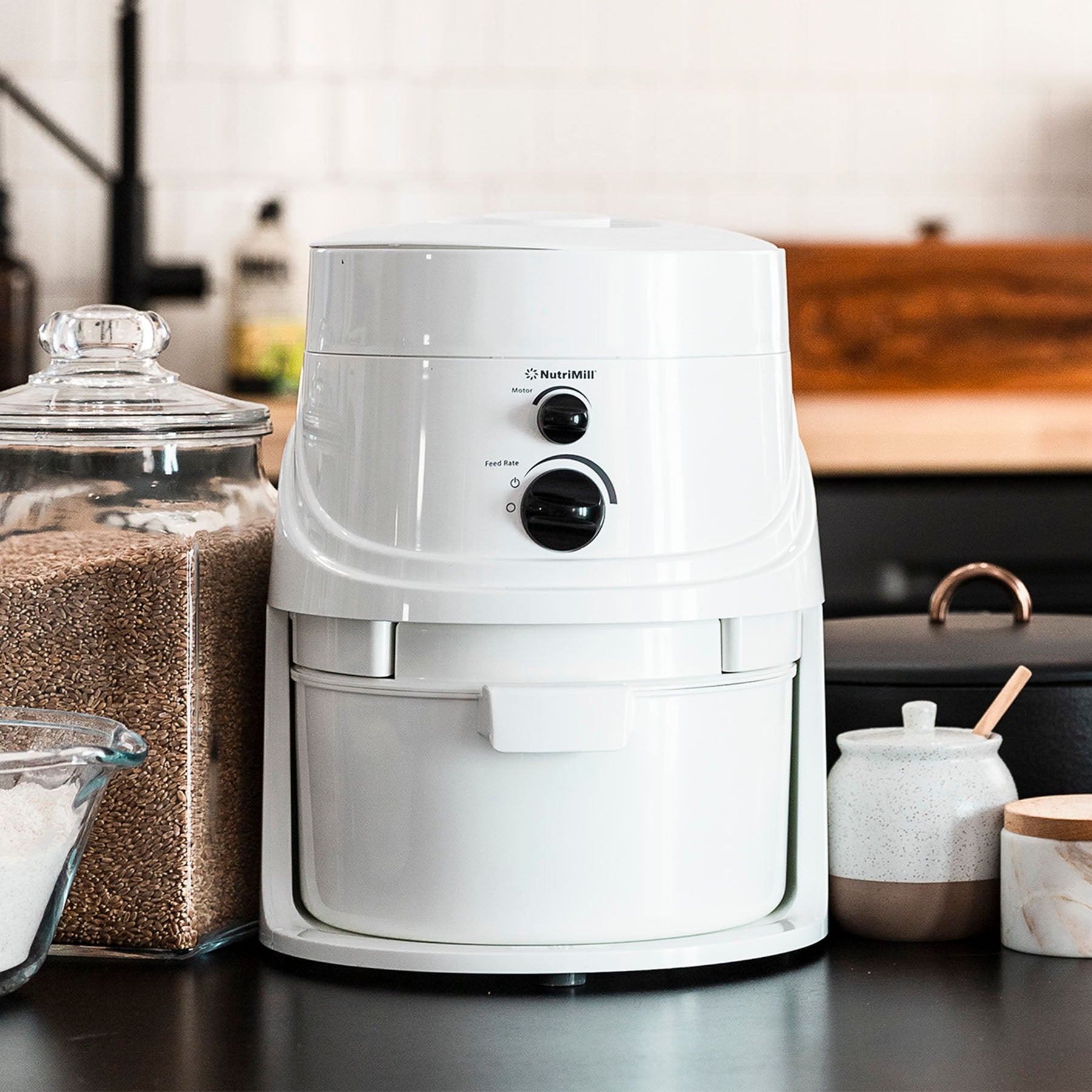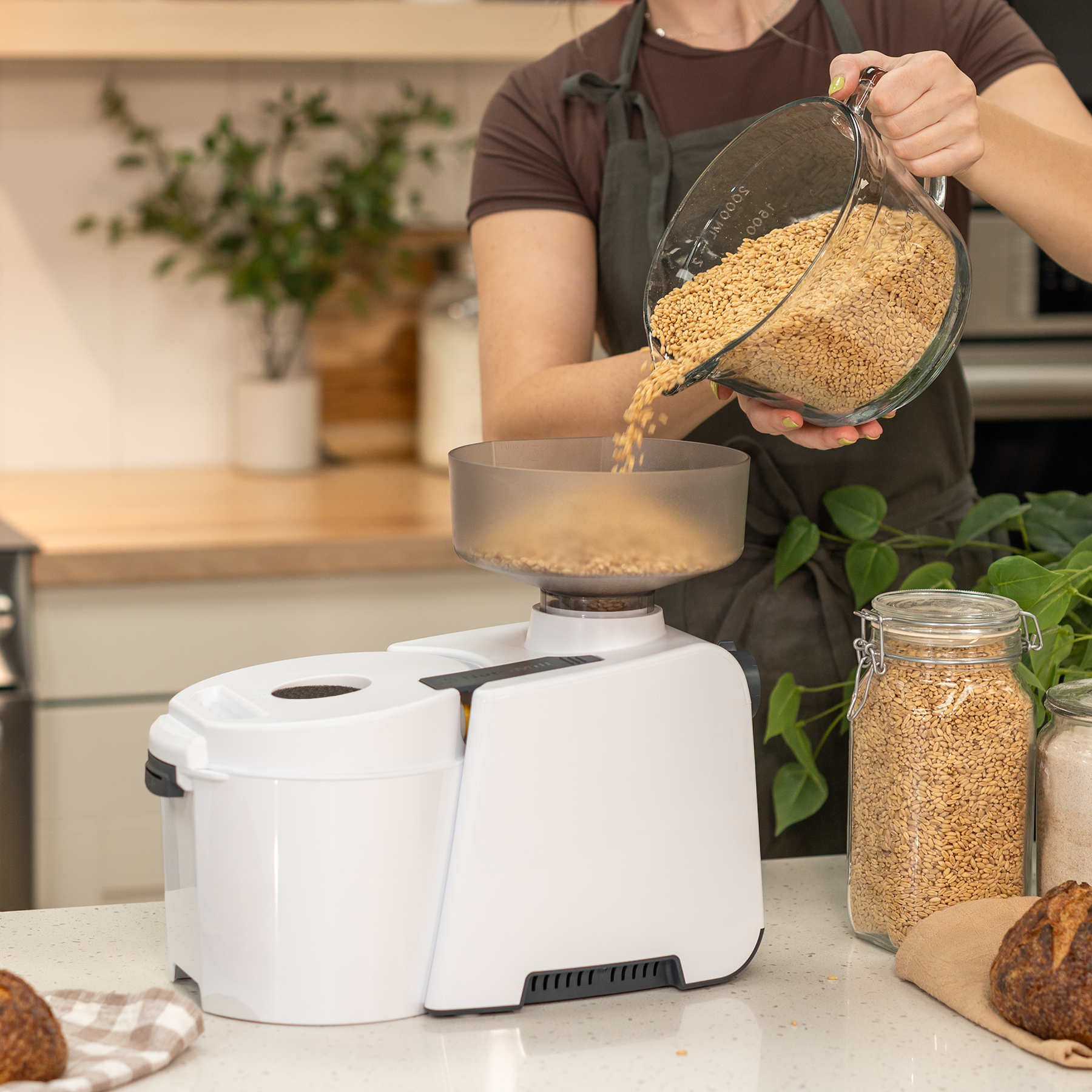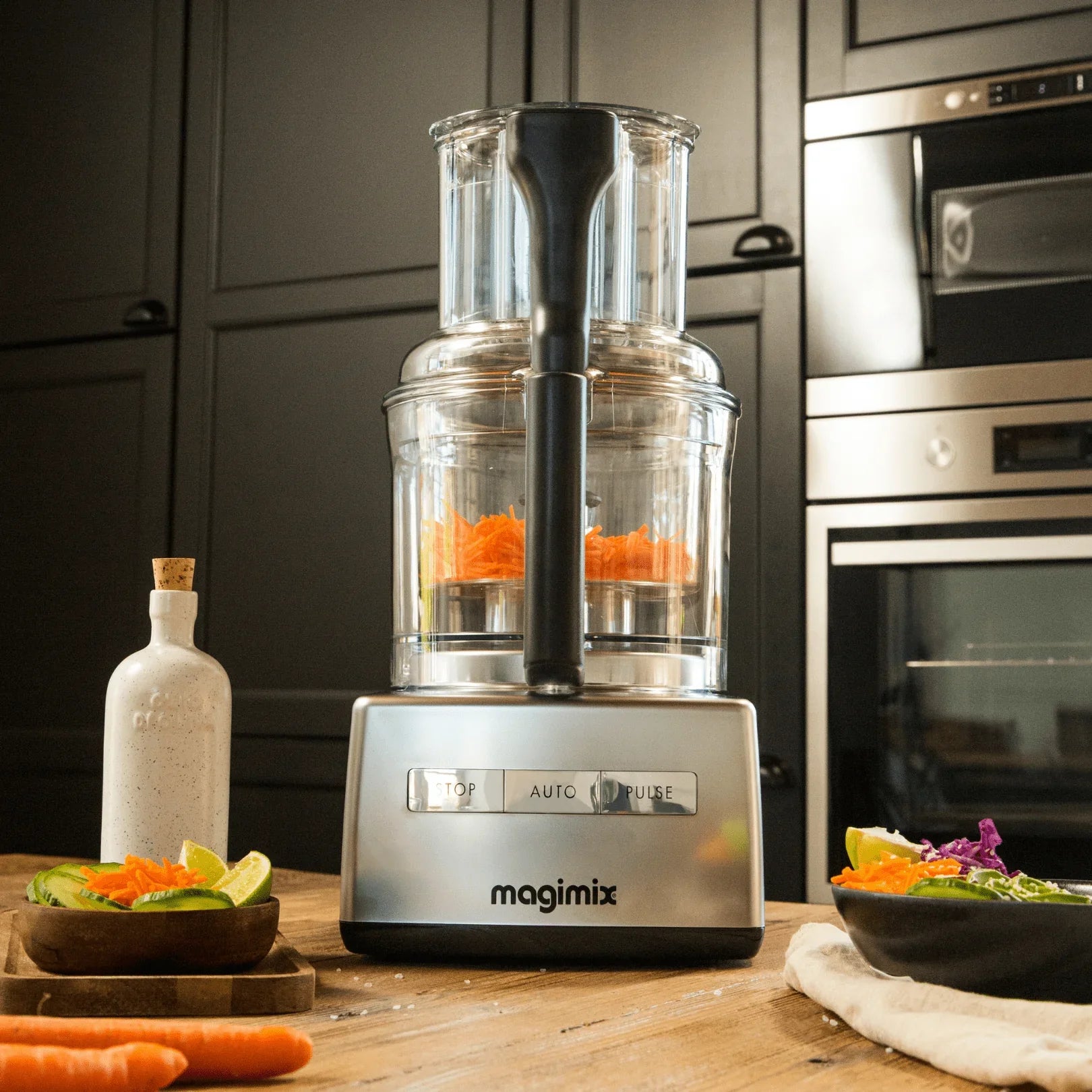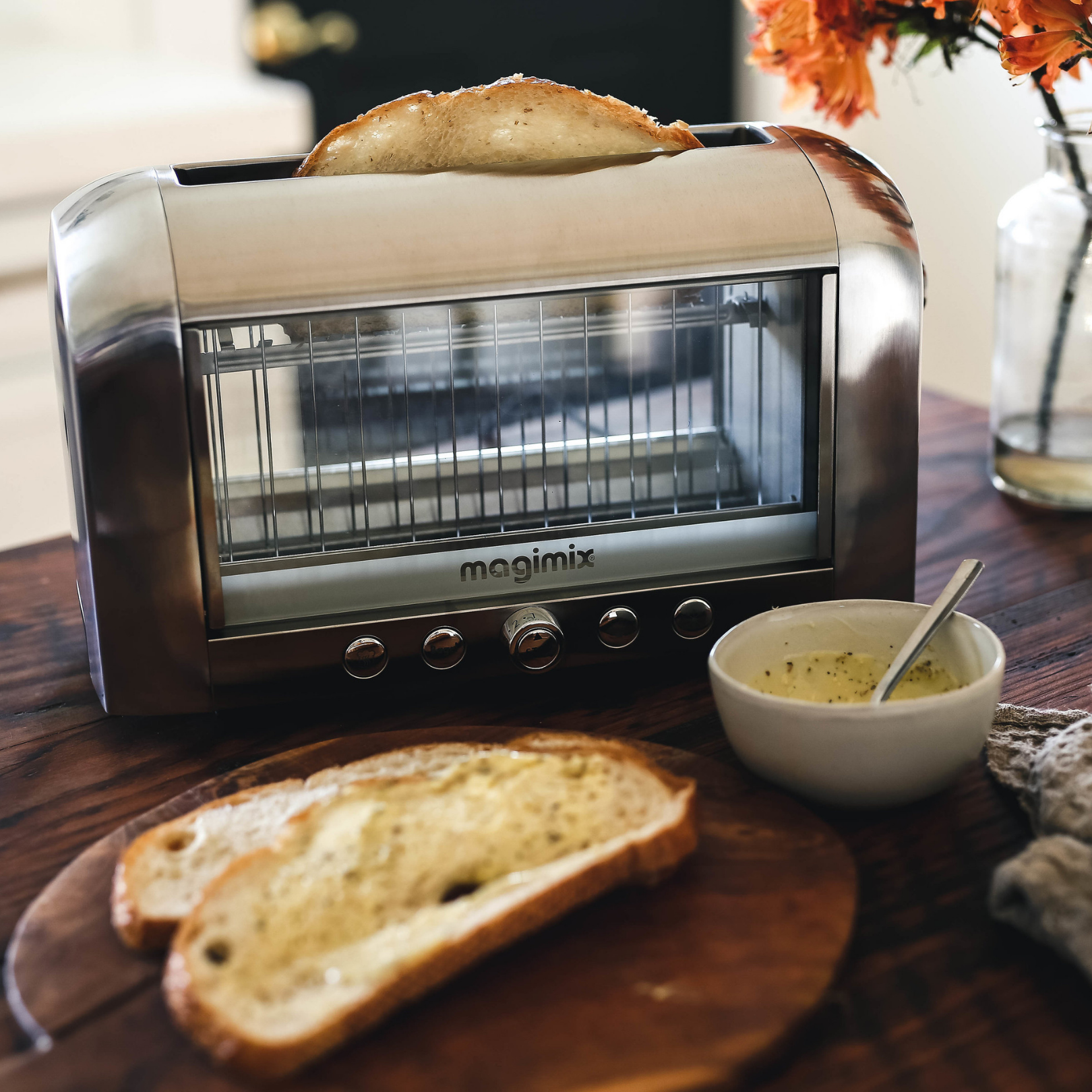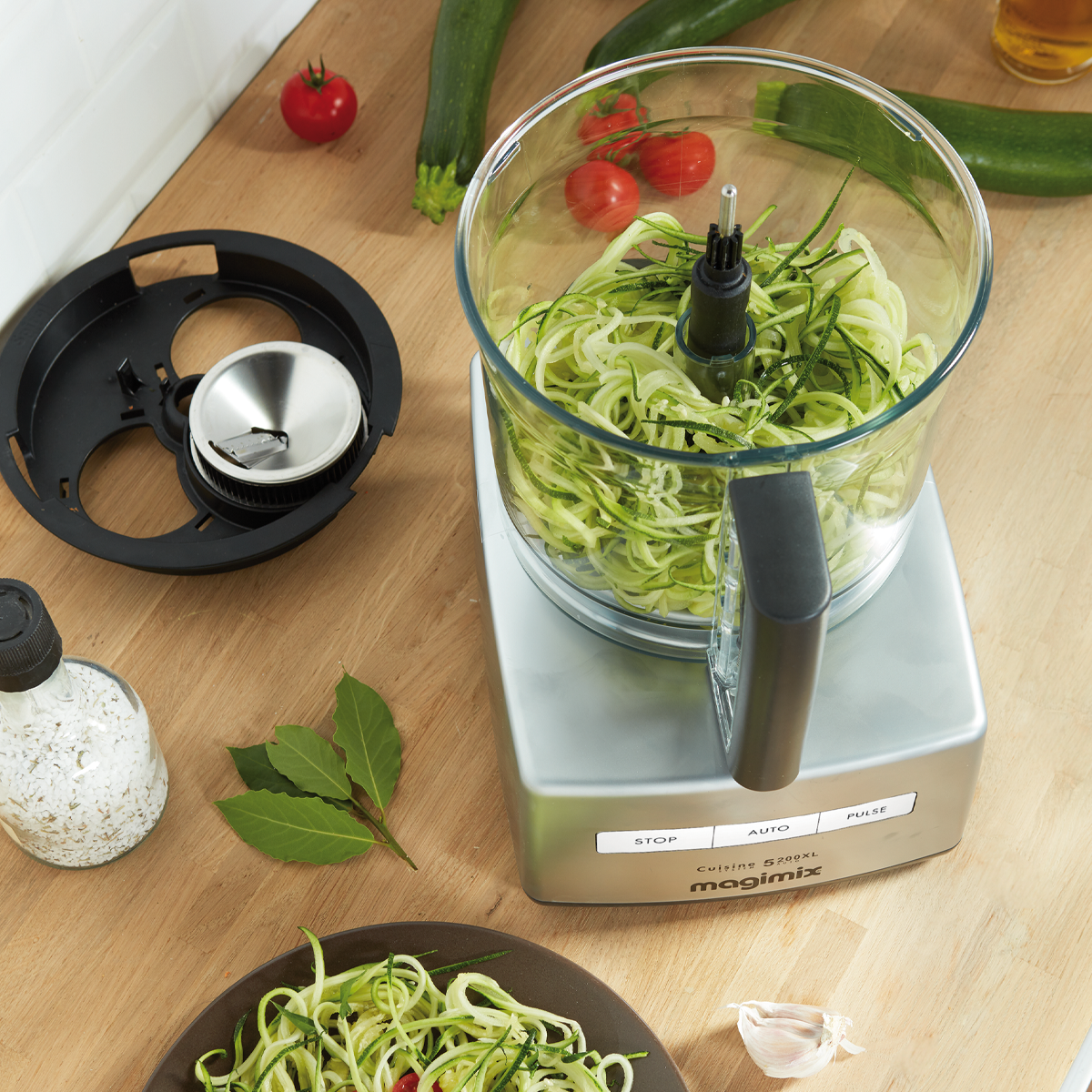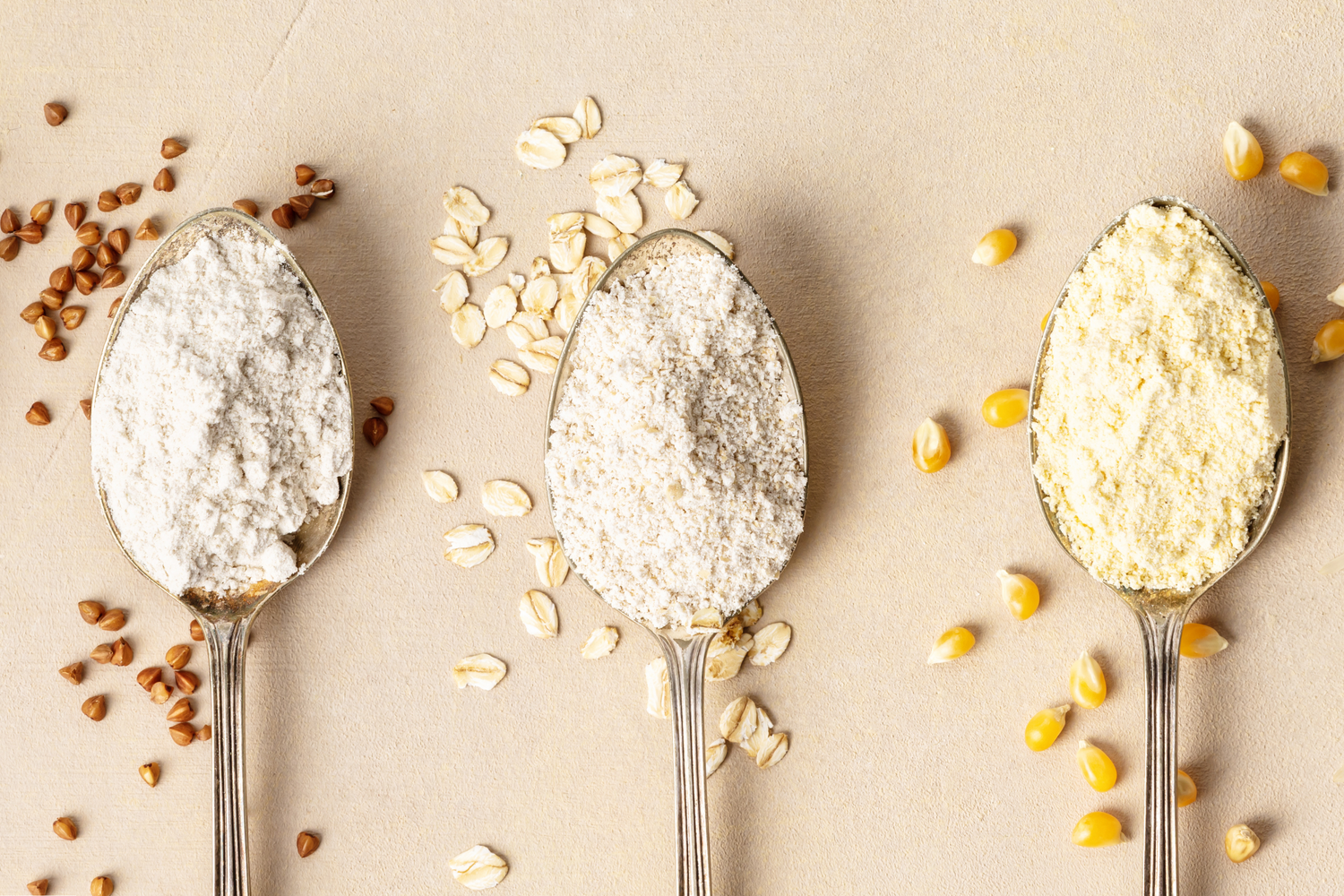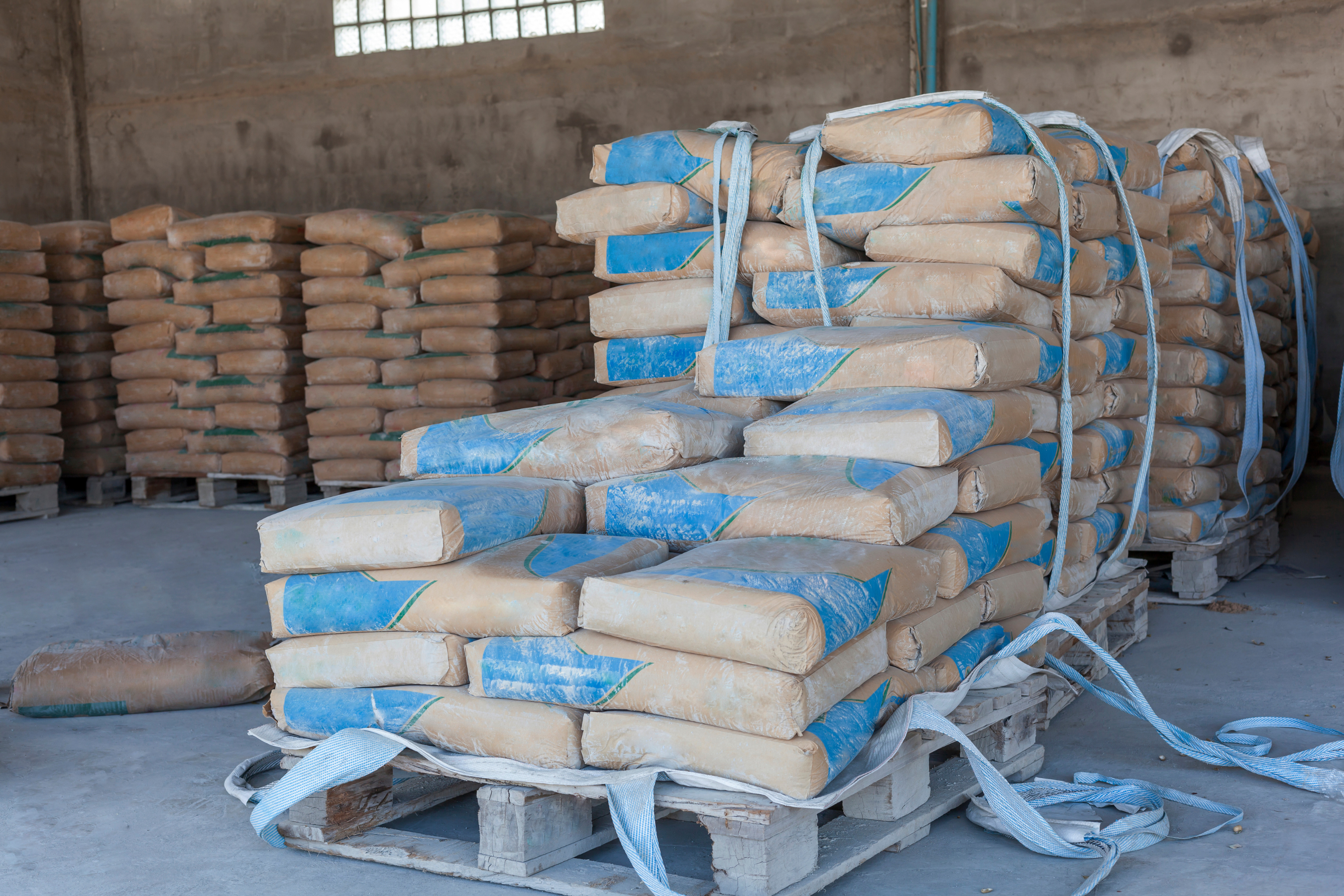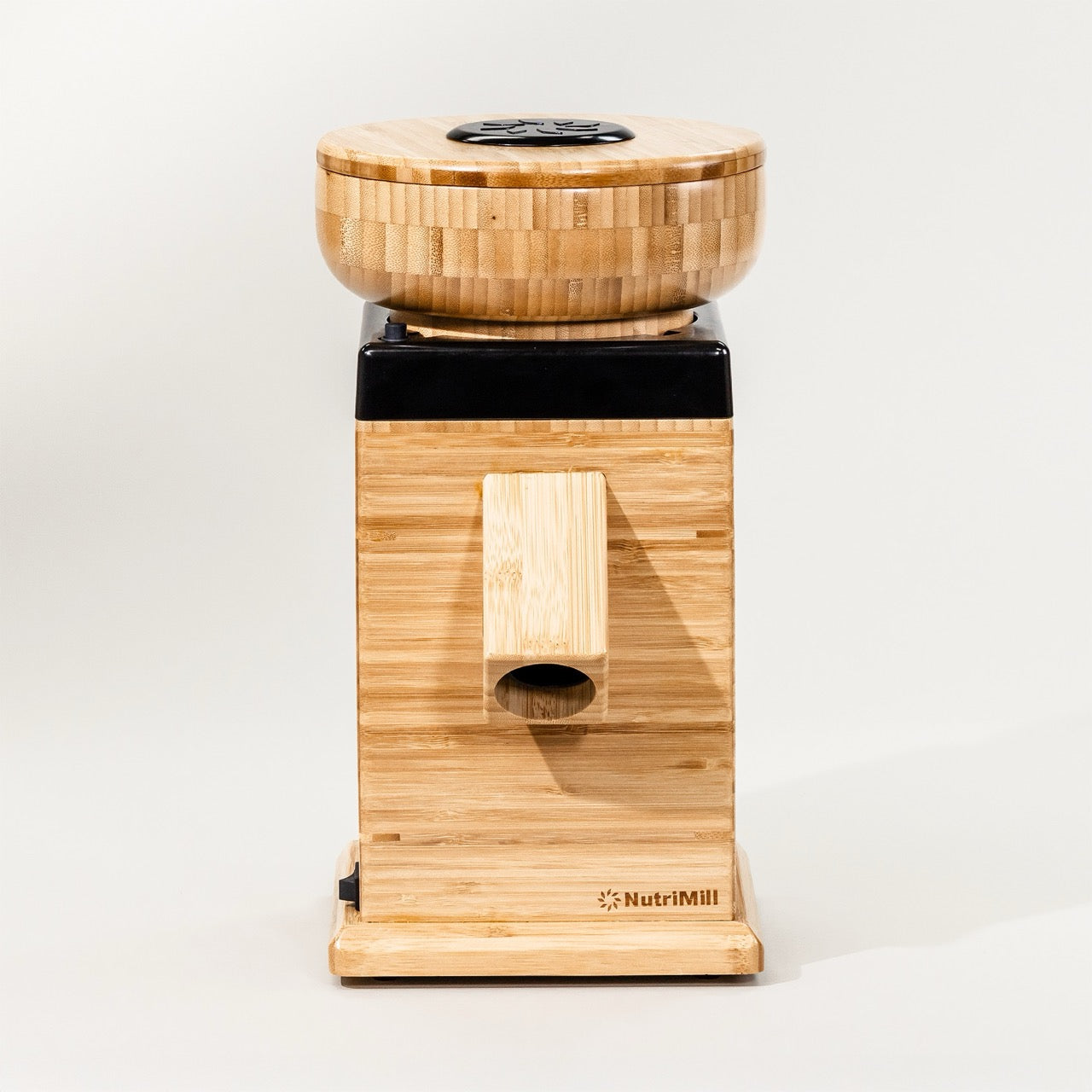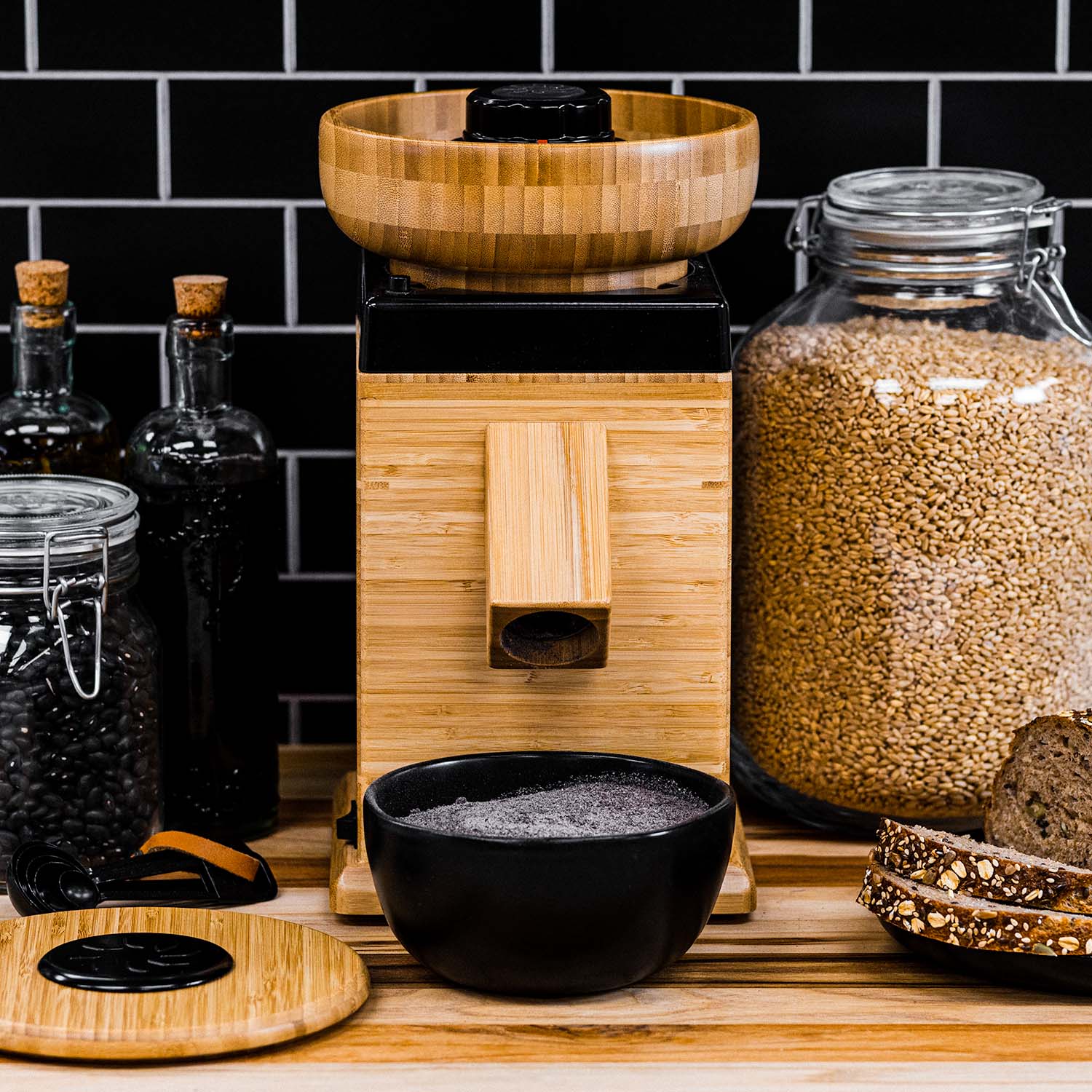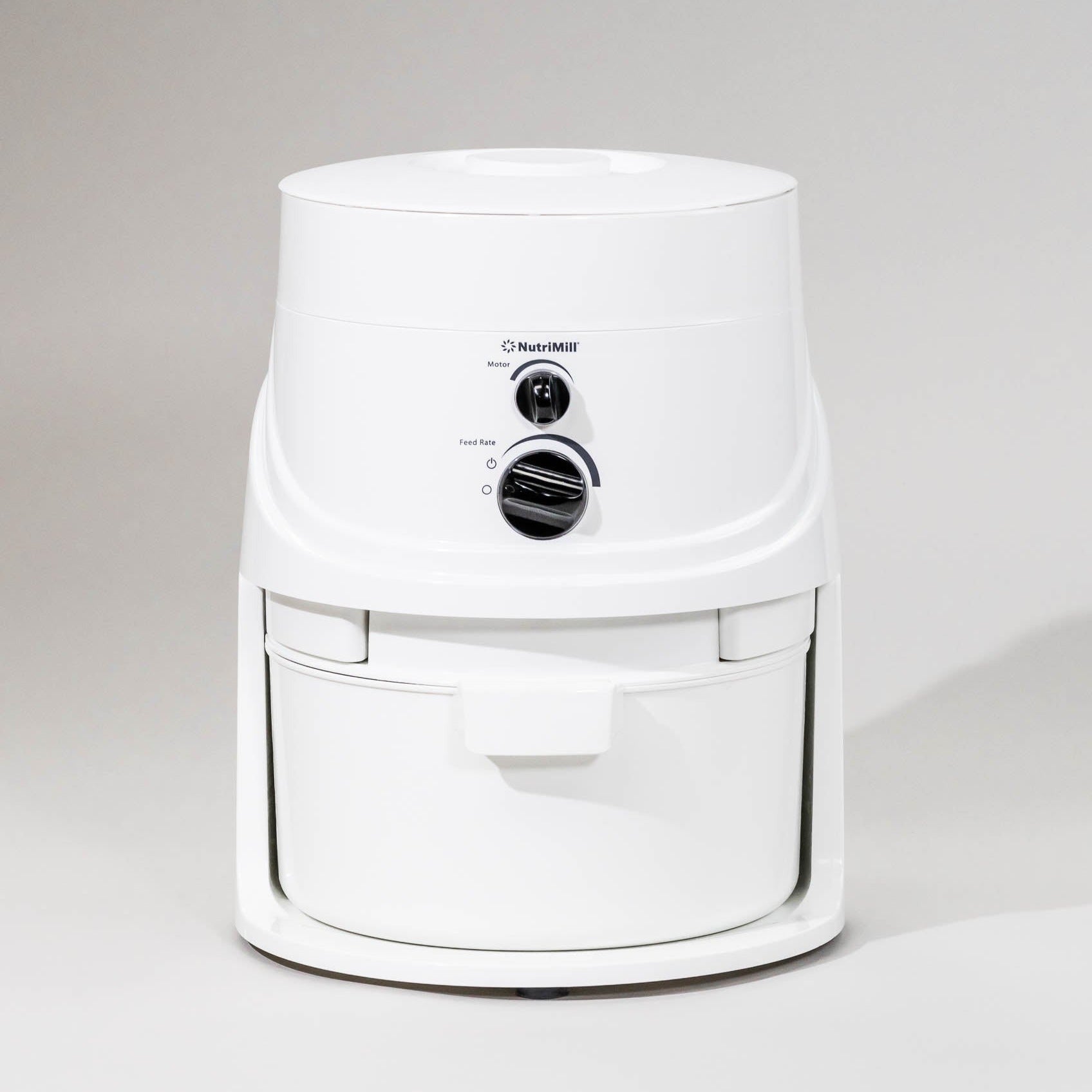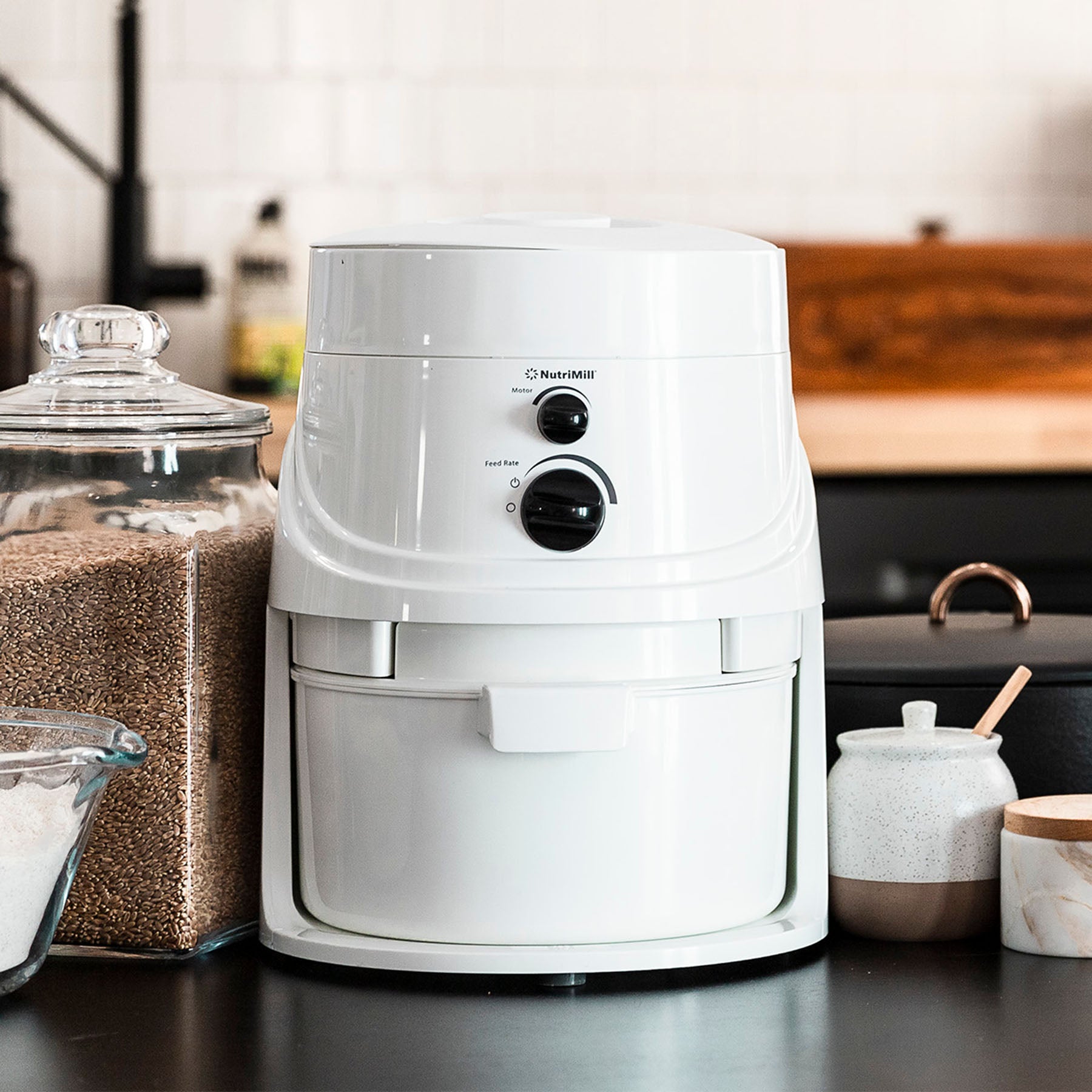Milling grains is a popular, cost-effective way to use whole grains for baking and cooking. It involves crushing the grains into flour using a mill. The resulting flour is fresh, nutritious, and has a better taste than packaged flour bought in stores. Understanding the milling process and the different grains to mill is important for anyone who wants to embark on a wholesome baking journey. In this article, we'll explore popular and lesser-known grains that can be milled and how to use the flour produced.
Understanding the Milling Process
The process of milling grains is an ancient practice that has been used for centuries to produce flour for baking. Today, milling has become a highly specialized industry, with advanced technology and machinery used to produce high-quality flour for commercial and home use.
The three stages of milling grains are essential to producing flour that is suitable for baking. The first stage is cleaning, which involves removing any impurities from the grains, such as dirt, stones, and other debris. This process ensures that the flour produced is of high quality and free from any unwanted particles.
The second stage of milling is grinding. This process involves crushing the grains into flour using a mill. The type of mill used can affect the texture and quality of the flour produced. Stone mills use traditional granite or quartz stones to grind grain, while steel mills use a series of steel rollers to grind grain. Both types of mills offer advantages and disadvantages.
Stone mills tend to produce a coarser grind that retains more nutrients and flavor, while steel mills produce a finer grind that is easier to work with and produces a more consistent product. The type of mill used depends on personal preference and the desired outcome.
The final stage of milling is sifting. This process involves separating the bran from the flour. The bran is often sold separately, but most home bakers use whole grain flour that includes the bran for added nutrition.
The Basics of Grain Milling
Grain milling has evolved over time, with new technology and machinery making the process more efficient and effective. Today, there are two types of mills used in the industry: stone and steel.
Stone mills use traditional granite or quartz stones to grind grain. These mills are often used by artisan bakers who value the coarser grind and the retention of nutrients and flavor. Stone mills are also preferred by those who want to produce flour in a more traditional way.
Steel mills, on the other hand, use a series of steel rollers to grind grain. These mills are often used by commercial bakers who require a finer grind and a more consistent product. Steel mills are also preferred by those who want to produce flour quickly and efficiently.
Choosing the Right Mill for Your Needs
Choosing the right mill for your needs can be a daunting task, as there are many factors to consider. The first factor to consider is your budget. Mills can range in price from a few hundred dollars to several thousand dollars, depending on the type and quality of the mill.
The second factor to consider is your milling needs. If you are a home baker who only bakes occasionally, a manual mill may be sufficient. If you are a commercial baker who requires a large amount of flour on a daily basis, an electric mill may be more suitable.
The third factor to consider is available space. Mills can take up a significant amount of space, so it is important to choose a mill that fits comfortably in your kitchen or bakery.
When choosing a mill, look for reliable mills that grind flour finely and come with a good warranty. High-quality mills can often last for decades, making them a worthwhile investment for avid bakers.
Popular Grains to Mill
Grain milling is the process of grinding whole grains into flour or meal. This process has been used for thousands of years to create a variety of food products, from bread to pasta to breakfast cereals. Today, there are many different types of grains that can be milled, each with its own unique properties and uses.
Wheat Varieties and Their Uses
Wheat is the most commonly milled grain. There are several types of wheat, including hard, soft, and durum. Hard wheat is high in protein and gluten and is used for bread flour. Soft wheat has a lower protein content and is used for cakes, pastries, and cookies. Durum wheat is used primarily for pasta and semolina flour.
Wheat is a staple food in many cultures around the world, and it has been cultivated for thousands of years. In addition to its use in baking, wheat can also be used to make beer, whiskey, and other alcoholic beverages. It is a versatile grain that can be ground into a variety of textures, from fine flour to coarse meal.
Rye Flour and Its Applications
Rye is another popular grain to mill. It is high in fiber, low in gluten, and has a distinct savory taste. Rye flour is often used in bread, crackers, and cereal. It provides a denser texture and a unique flavor that is distinct from wheat flour.
Rye is a hardy grain that grows well in cooler climates. It has been a staple food in Northern and Eastern Europe for centuries, and it is still widely consumed today. Rye bread is a popular food in many countries, and it is often served with cheese, meats, or other savory toppings.
Barley Flour and Its Benefits
Barley is a nutritious grain that is high in fiber and low in fat. Barley flour can be used for bread, pancakes, and waffles. It has a mild flavor and a slightly nutty taste. Barley flour is often used to replace wheat flour in baking for added nutrition.
Barley is one of the oldest cultivated grains in the world, and it has been used for food and drink for thousands of years. In addition to its use in baking, barley is also used to make beer and whiskey. It is a versatile grain that can be cooked as a porridge or added to soups and stews for added nutrition.
Oats and Their Versatility
Oats are a versatile grain that can be eaten whole or milled into flour. Oat flour is used in cookies, bread, and muffins. It is high in protein, low in fat, and adds a nutty flavor to baked goods. Oats can also be used to make a porridge for breakfast or added to smoothies for added nutrition.
Oats are a popular food in many cultures around the world, and they have been cultivated for thousands of years. In addition to their use in baking, oats are also used to make breakfast cereals, granola bars, and other snack foods. They are a good source of fiber and protein, and they can help lower cholesterol levels and improve heart health.
Corn and Its Many Forms
Corn is another popular grain to mill, and it comes in many forms, including yellow, white, and blue. Cornmeal is a coarse flour that can be used for cornbread, muffins, and pancakes. Corn flour is a finer flour that can be used for tortillas, tamales, and other dishes.
Corn is a staple food in many cultures around the world, and it has been cultivated for thousands of years. In addition to its use in baking and cooking, corn is also used to make ethanol, a biofuel that can be used to power vehicles. It is a versatile grain that can be ground into a variety of textures, from fine flour to coarse meal.
Lesser-Known Grains to Mill
When it comes to baking, most people reach for all-purpose flour or whole wheat flour. However, there are many other grains that can be milled into flour and used in a variety of baked goods. In this article, we will explore some lesser-known grains that can be milled into flour and their unique qualities.
Millet Flour and Its Unique Qualities
Millet is a small, gluten-free grain that is high in protein and fiber. It has been cultivated for thousands of years and is a staple in many parts of the world. Millet flour has a slightly sweet taste and is often used in gluten-free baking. It can be used for bread, pancakes, and cookies. Millet flour is also a good source of B vitamins, iron, and manganese.
One interesting fact about millet is that it is a drought-resistant crop. This means that it requires less water than other grains, making it a sustainable choice for farmers and a great option for those looking to reduce their water usage.
Quinoa Flour for Gluten-Free Baking
Quinoa is a highly nutritious, gluten-free grain that is high in protein and fiber. It has a slightly nutty taste and is often used in salads and other savory dishes. Quinoa flour is a great option for gluten-free baking, as it adds a light and fluffy texture to baked goods. It can be used in bread, cookies, and cakes. Quinoa flour is also a good source of iron, magnesium, and calcium.
Another interesting fact about quinoa is that it is a complete protein, meaning it contains all nine essential amino acids that the body needs. This makes it a great choice for vegetarians and vegans who may struggle to get enough protein in their diet.
Teff Flour and Its Nutritional Benefits
Teff is an ancient grain that is native to Ethiopia and Eritrea. It is high in protein, fiber, and calcium, and is a staple in the diets of many people in East Africa. Teff flour has a mild, nutty taste and is often used in gluten-free baking. It can be used for bread, pancakes, and waffles. Teff flour is also a good source of iron, zinc, and vitamin C.
One interesting fact about teff is that it is the smallest grain in the world. It is about the size of a poppy seed and is often ground into flour to make a traditional Ethiopian flatbread called injera.
Sorghum Flour and Its Uses
Sorghum is a gluten-free grain that is high in protein and fiber. It is commonly used as a livestock feed, but is also a great option for human consumption. Sorghum flour has a mild, sweet taste and is often used in gluten-free bread, cookies, and cakes. It adds a slightly crumbly texture to baked goods and is a good source of iron, potassium, and phosphorus.
One interesting fact about sorghum is that it is a drought-resistant crop, making it a great choice for farmers in areas with limited water resources. It is also a versatile crop, as it can be used for food, feed, and fuel.
Spelt Flour and Its Ancient Origins
Spelt is an ancient grain that has been cultivated for thousands of years. It is high in protein and fiber and has a nutty taste. Spelt flour is often used in bread, pancakes, and muffins. It provides a slightly nutty flavor and a lighter texture than wheat flour. Spelt flour is also a good source of iron, magnesium, and zinc.
One interesting fact about spelt is that it is a distant cousin of modern wheat. It was a popular grain in Europe during the Middle Ages, but fell out of favor as wheat became more widely available. However, spelt has seen a resurgence in popularity in recent years, as people look for more nutritious and sustainable alternatives to wheat.
In conclusion, there are numerous grains that can be milled to produce fresh, nutritious flour for baking and cooking. Whether you choose popular grains like wheat and rye or lesser-known grains like sorghum and teff, milling your own flour is a cost-effective and healthy way to add variety to your baking repertoire. By understanding the milling process and selecting the right mill for your needs, you can enjoy the benefits of milling your own flour at home.
